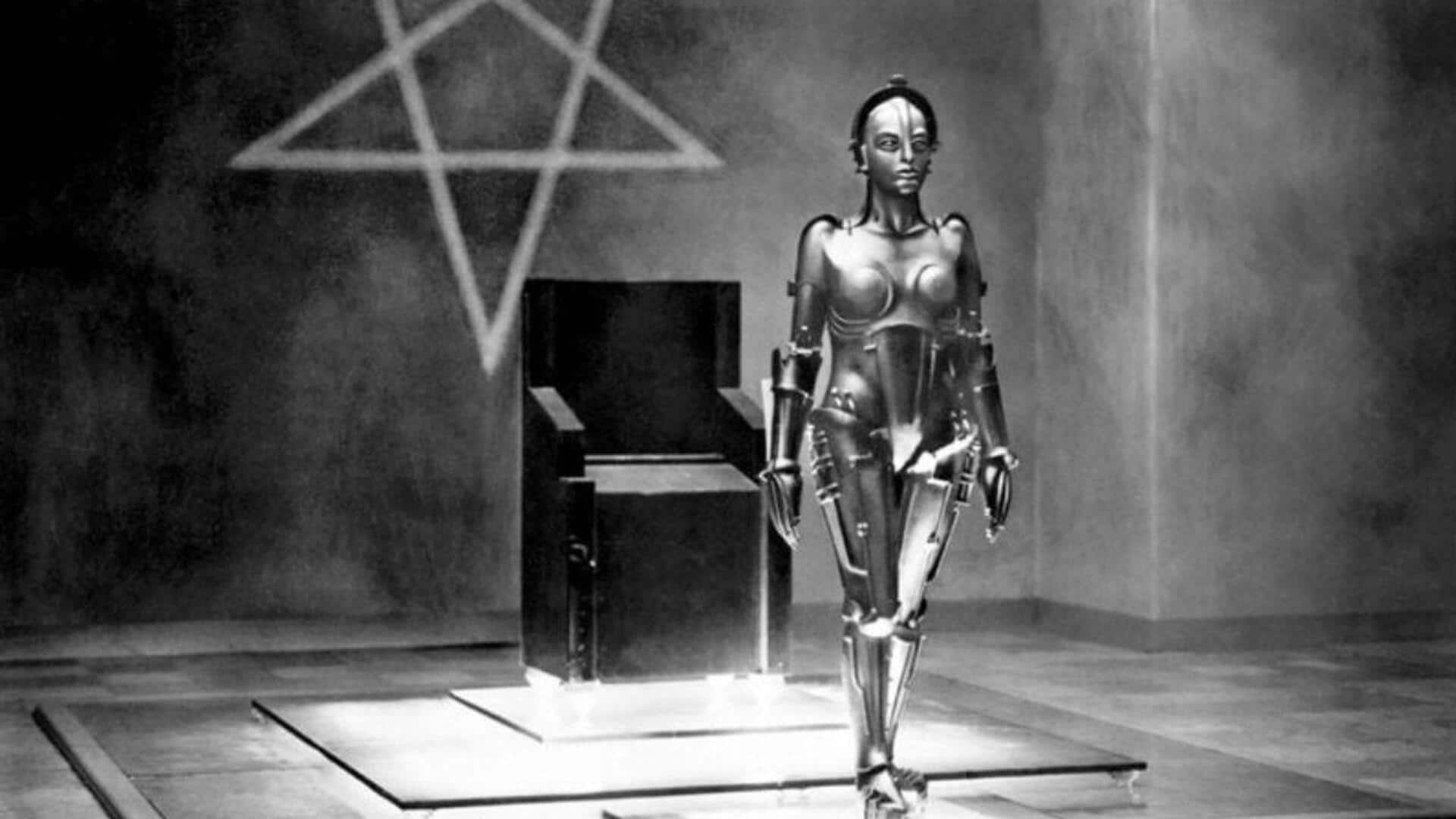
The cinematic journey of animated robots
What's the story
Animated robots have long been a captivating aspect of US cinema, intriguing audiences for generations. These mechanical beings have come a long way, mirroring technological progress and evolving societal sensibilities. From their initial portrayals to contemporary representations, animated robots have served different purposes, from comic relief to main characters. Here, we delve into the evolution of animated robots in US cinema, tracing major milestones and shifts that have influenced their representation on screen.
Early robots
'Metropolis' and early depictions
The 1927 film Metropolis introduced one of the earliest cinematic robots, Maria. The character set a precedent for future robot portrayals with its intricate design and human-like features. Robots were often depicted as mechanical beings with limited emotional range. The focus was primarily on their physical capabilities rather than their personalities or relationships with humans.
Sci-fi impact
'Star Wars' influence on robot characters
With the release of Star Wars in 1977, everything changed. R2-D2 and C-3PO became hilarious, lovable robots, the likes of which we had never seen before. Throughout the '70s, '80s, and '90s, robots became more complex. They weren't just machines anymore; they were characters with loyalty, friendship, and a personality.
Technological leap
Animation advances with CGI technology
The arrival of CGI technology transformed animated films by enabling more intricate and realistic portrayals of robots. Films like Transformers demonstrated cutting-edge animation techniques that made robotic characters come alive like never before. This technological advancement opened the door for filmmakers to venture into new stories where robots could be the heroes and the villains.
Contemporary robots
Modern interpretations reflecting society
Over the past years, animated movies have used robots to reflect modern-day societal issues, including the ethics of artificial intelligence and environmental concerns. Movies like WALL-E emphasize themes of sustainability but delve into complicated emotional arcs with robotic characters. These contemporary interpretations still push boundaries with their multi-dimensional robot personas that connect with different audiences.